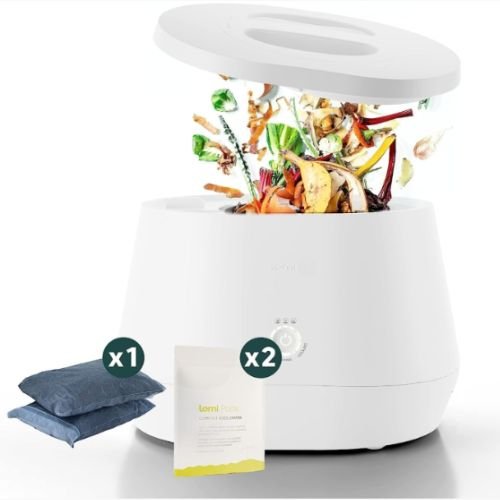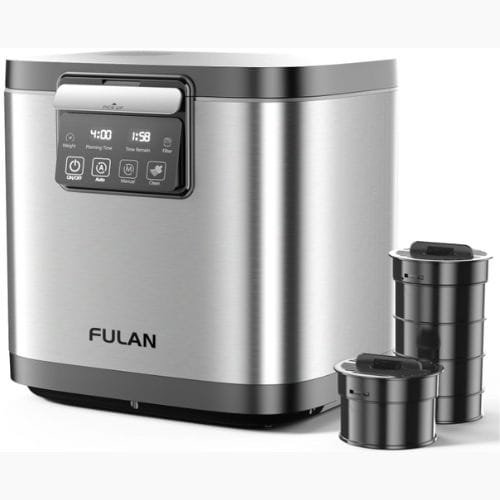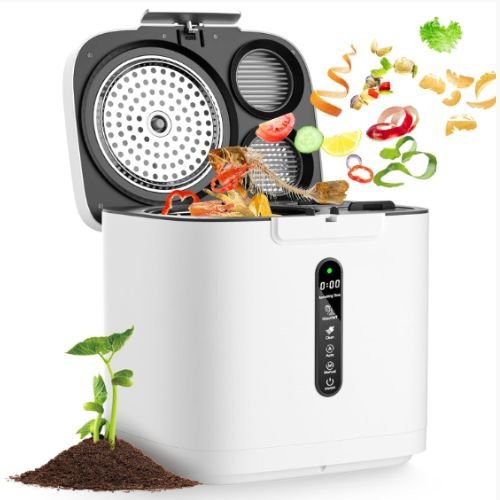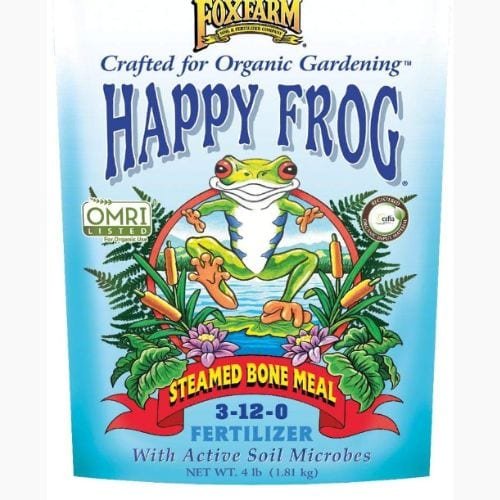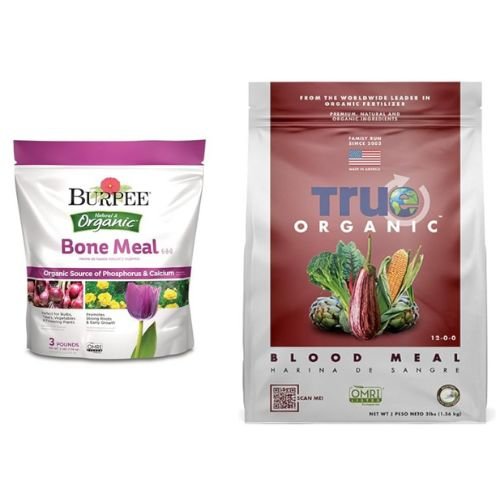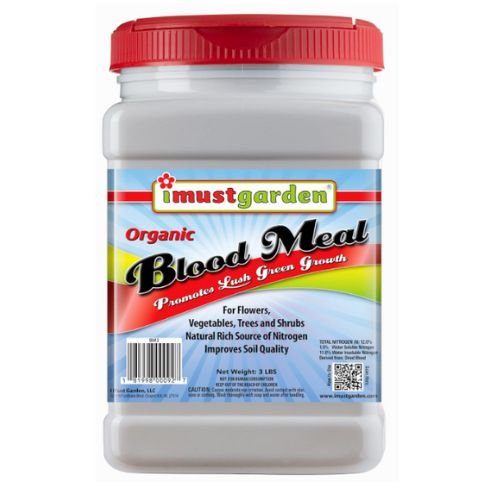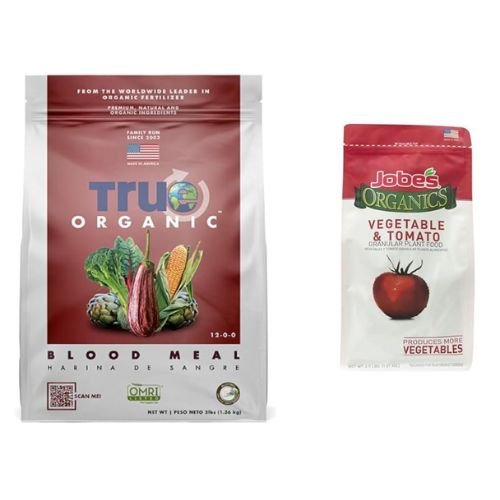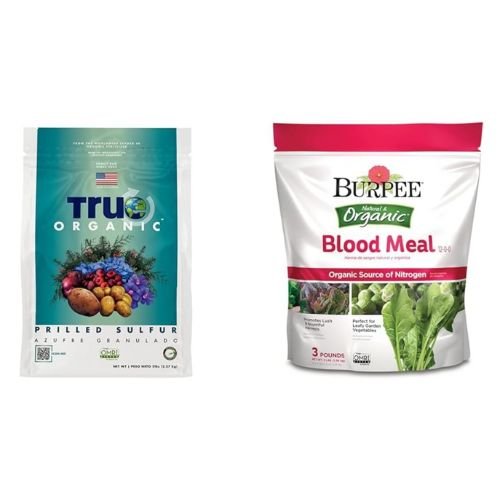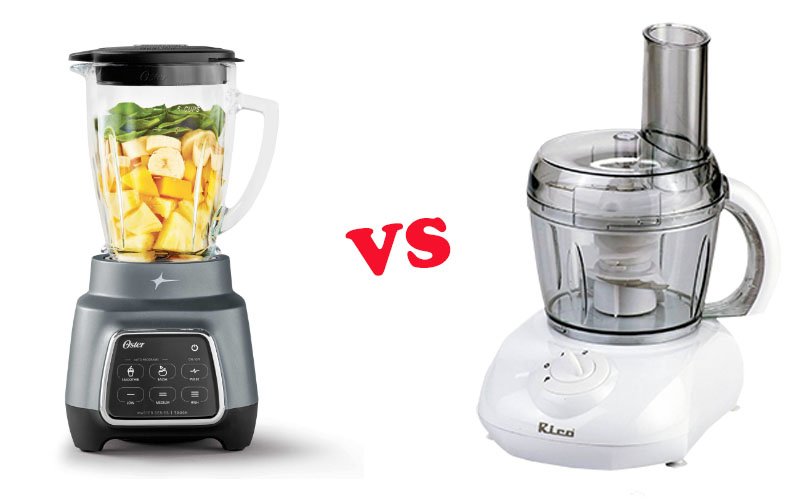In recent years, there has been a growing movement towards organic and sustainable gardening practices, with natural fertilizers at the forefront. These eco-friendly alternatives enhance soil fertility and make plants healthy. They are a more sustainable alternative for the environment. In this article, we’ll delve into the fascinating world of natural fertilizers, exploring what they are, their advantages and disadvantages, and some of the best options available for your garden.
Natural fertilizers are perfect for home gardens and hobbyists who are not trying to grow plants for the masses but rather trying to grow healthy and lush greenery to supplement some of their home produce.
What Are Natural Fertilizers?
Natural fertilizers, also known as organic fertilizers, are derived from plant, animal, or mineral sources. Unlike synthetic fertilizers, which are chemically manufactured, natural fertilizers provide nutrients to plants in a form that is more compatible with the natural ecosystem. They release nutrients slowly, ensuring a steady supply of essential elements like nitrogen, phosphorus, and potassium to plants over time.
Natural fertilizers come in various forms, including compost, manure, bone meal, blood meal, fish emulsion, and seaweed extract. These materials not only supply essential nutrients but also improve soil structure, enhance microbial activity, and increase water retention.
Advantages of Natural Fertilizers
Environmental Benefits: Natural fertilizers are biodegradable and do not contribute to soil or water pollution, making them a sustainable choice for home gardening and farming.
Improved Soil Health: They enhance soil structure by improving aeration, water retention, and microbial activity. This promotes a healthier root environment and supports plant growth without depleting the soil.
Slow Nutrient Release: Natural fertilizers release nutrients gradually, which reduces the risk of nutrient leaching and provides a consistent nutrient supply over time.
Reduced Risk of Over-Fertilization: The slow-release nature of natural fertilizers minimizes the risk of over-fertilization, which can harm plants and the environment.
Enhanced Microbial Activity: They support a diverse range of beneficial soil microorganisms that mutually benefit from each other and suppress diseases.
Sustainability: Using natural fertilizers can reduce the dependence on synthetic inputs and support organic farming practices, contributing to overall sustainability.
Disadvantages of Natural Fertilizers
Variable Nutrient Content: The nutrient content of natural fertilizers can vary significantly depending on the source, making it challenging to provide precise nutrient ratios.
Slower Nutrient Availability: While the slow release is generally beneficial, it may not be sufficient for plants with high immediate nutrient demands.
Bulky Application: Natural fertilizers, such as compost and manure, can be bulky and require larger application volumes compared to synthetic fertilizers.
Potential for Pathogens: Improperly processed animal manures and compost can harbor pathogens that may pose risks to human health or plant safety.
Odor Issues: Some natural fertilizers, especially animal-based ones, can have strong odors that might be unpleasant during application.
This is why natural fertilizers are perfect for hobbyists and home gardeners. With smaller plants, we have a smaller requirement for fertilizing, thereby limiting the mess and the odor.
8 Best Natural Fertilizers for Plants
1. Compost
Often referred to as “black gold,” compost is a rich source of organic matter and nutrients. It improves soil structure, increases microbial activity, and provides a balanced mix of essential nutrients. Many are scared to make their own compost because of the smell they carry but don’t worry, you will not have an odor around your compost if you do it right.
There are 3 types of composting namely:
1.1 Cold Composting
Cold composting usually takes the longest but it is also the easiest. Simply throw away your kitchen scraps into the compost bin and let it rot. Adding a compost starter will speed up the process and reduce the smell. Since you don’t rotate this form of composting, it takes about a year for the scraps to turn to compost.
Always remember that as beginners you should avoid adding egg shells, meat and cooked products into your compost. These take longer to break down and have a stronger smell. If you do want to add animal products into your compost, try adding it as a bone meal or blood meal – something that has already been broken down for the plants.
1.2 Hot Composting
Hot composting is similar to cold composting but instead of just adding kitchen scraps you also introduce leaves, green grass cuttings, twigs, and brown dried leaves.
For hot composting, you must:
- Create a composting bin that is at least 3 feet deep and 3 feet wide.
- Add a layer of twigs and thin branches in the bottom to aerate the mixture.
- Add a layer of vegetable scraps mixed with a compost starter and green leaf and grass cuttings.
- Top the mixture with dry brown leaves, grass and mud.
- Rotate the mixture every few weeks and keep adding kitchen scraps, and grass clippings on the top.
- If the mixture starts to smell, you should add more brown matter and rotate.
- This method of composting must be done outdoors, under the sun to speed up the process.
- Within a few months, you will see compost forming in the bottom.
1.3 Vermicomposting
Vermicomposting is similar to hot composting, just that, you will introduce garden worms to the compost instead of a compost starter. The worms eat the kitchen scraps and produce worm castings which work as amazing composts.
Purchasing a kitchen composter can assist you with the composting process:
- Kitchen composters can perform both cold composting and hot composting.
- They often come with a durable lid and outer shell that does not let the odor seep through.
- Composting must be rotated from time to time for it to turn to compost. Many kitchen composters rotate the kitchen scraps for you so don’t have to come in contact with the smell.
- Many kitchen composters have separate chambers for the composting process, making it easy to retrieve the compost from the bottom.
Check out these kitchen composters:
2. Manure
Animal manure, including cow, horse, and rabbit manure, is an excellent source of nitrogen, ammonia, and other nutrients. It must be well-composted to reduce the risk of pathogens and nutrient burn. To compost manure you can use the hot composting method mentioned above and mix the manure with the vegetable scraps.
The great thing about manure from plant-eating animals is that it has a lot of enzymes that speed up the composting process and composting the manure will digest the ammonia and nitrogen, which will otherwise harm the plants if applied directly to the roots. It takes about a year to break down 30% of the nitrogen in the manure, and the longer you keep it the better.
3. Bone Meal
Made from ground animal bones, bone meal is rich in phosphorus and calcium, promoting strong root development and flowering. It is particularly beneficial for flowering plants and root crops.
Making a bone meal from scratch requires a few products like a broiler and a dehydrator hence many prefer to purchase it for their plants. But, if you want to make it from scratch here’s how you can do it:
- Store discarded bones until you have enough to create the bone meal. To stop the bones from rotting and getting a smell, you can store them in a ziplock bag and deep freeze them
- Once you have enough bones, you must wash them thoroughly to remove any seasonings from the bones
- Broil the bones for 15 minutes to sterilize them
- Once sterilized, boil them in low heat for at least 30 minutes or till the bones are a little soft. The longer you boil the softer the bones will get. If you are using raw bones for the process, the liquid derived from this process can be used as a delicious bone broth for your recipes.
- After boiling the bones, you must dehydrate them in a dehydrator until they lose their moisture
- When completely dry transfer them in small batches in a pestle and stone and grind them till they become a powder.
Bone meal has many uses. You can add it on your plant beds, or on the compost to speed up composting. You can even add it to your dog’s meal to make it more nutritious.
If you don’t want to go through the trouble of making bone meal, you can purchase organic bone meal online. Here are some products you might like to look into:
4. Blood Meal
A high-nitrogen fertilizer made from dried animal blood, blood meal boosts leafy growth and is ideal for nitrogen-deficient soils. While it is not difficult to make blood meal, it is hard to obtain large amounts of animal blood unless you are associated with a farm or a butcher shop.
Although blood meal is a natural fertilizer for plants, it is best to use this in moderation. Only use it if your plant is showing clear signs of nitrogen deficiency. It is best to use it around spring when most plants grow their most thus increasing the chances of absorption. Secondly, consider mixing blood meal with compost to dilute its adverse effects on the plant.
Check out these blood meal brands:
5. Fish Emulsion
This liquid fertilizer, made from decomposed fish, is a great source of nitrogen and trace minerals. It is suitable for quick nutrient boosts and can be used as a foliar spray. Just like blood meal, fish emulsion is very difficult to make at home. They are usually a byproduct from factories and eateries that consume large amounts of fish. The fish is decomposed and treated to become safe for plants.
The only issue with fish emulsion is that it smells of rotten fish. So unless you are okay with the smell, it is very difficult to make it a continuous source of nutrition for houseplants.
6. Seaweed Extract
Seaweed extract is one of the most common natural liquid fertilizers found in households. Derived from marine algae, seaweed extract contains a wealth of trace elements, growth hormones, and beneficial compounds. It enhances plant vigor, root growth, and stress resistance.
It does not have an odor hence many use it for houseplants for the luscious green foliage.
7. Wood Ash
Some plants and vegetables like tomatoes love acidic soil. But what if your soil is leaning towards being alkaline? You can add a bit of wood ash to make the soil slightly acidic for acid-loving plants. Since wood ash is completely natural it does not deplete the quality of the soil while building an acidic environment for plants.
8. Coffee Grounds
Do you like to make your own coffee at home? Next time you use the coffee maker, don’t forget to store the coffee grounds to add to your compost. Used coffee grounds are rich in nitrogen and can be added to compost or directly to the soil. They also improve soil structure and attract beneficial earthworms.
Conclusion
Incorporating natural fertilizers into your gardening routine can transform your plants and soil, fostering a more sustainable and eco-friendly approach to cultivation. While they come with certain challenges, the benefits they offer in terms of soil health, plant nutrition, and environmental impact make them a compelling choice for any gardener or farmer. Whether you’re an experienced horticulturist or a novice gardener, experimenting with natural fertilizers could be the key to unlocking a thriving and bountiful garden.
By understanding the unique properties and applications of each type of natural fertilizer, you can tailor your approach to meet the specific needs of your plants and soil, ensuring a healthier and more productive garden season after season.


